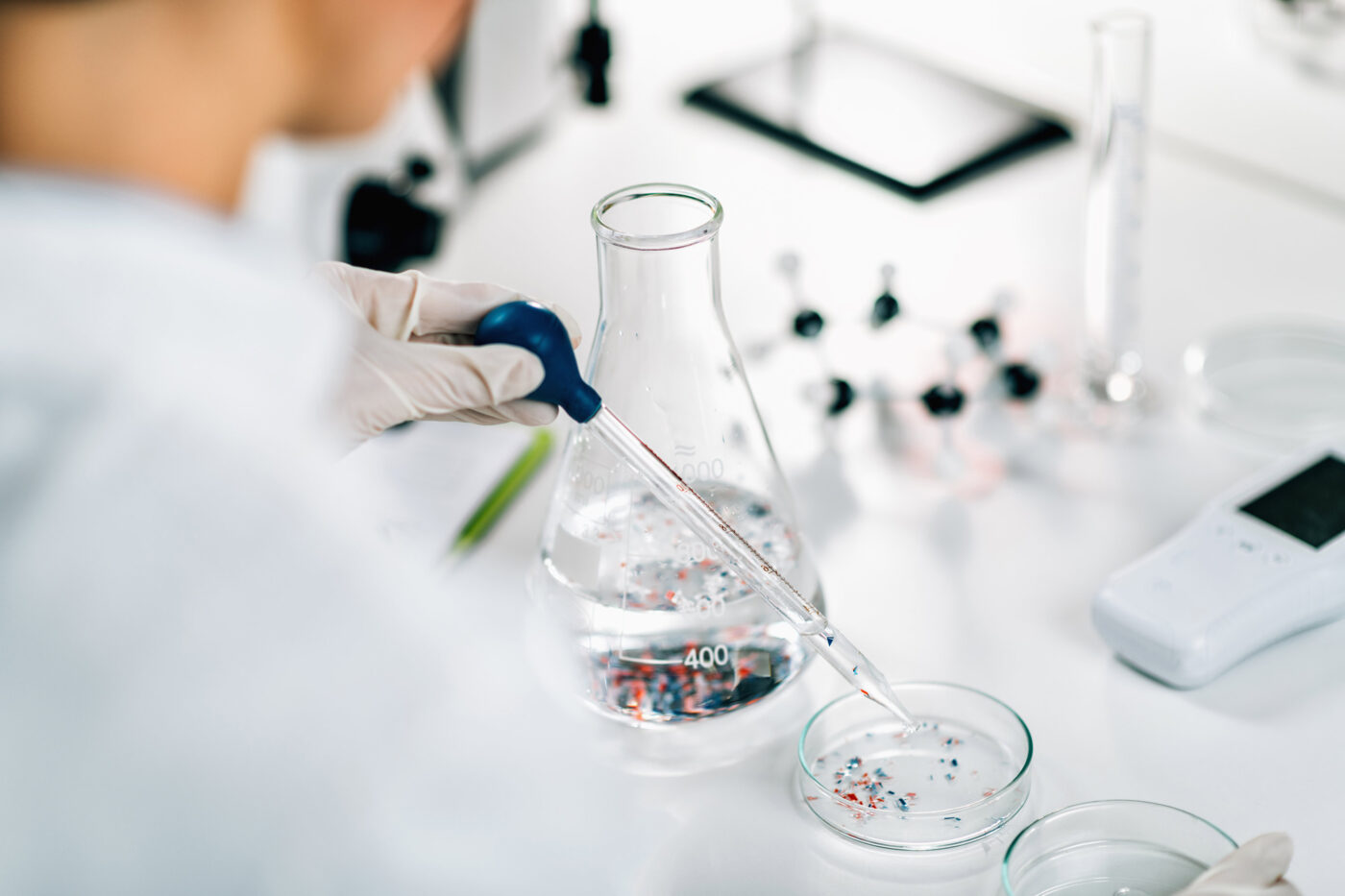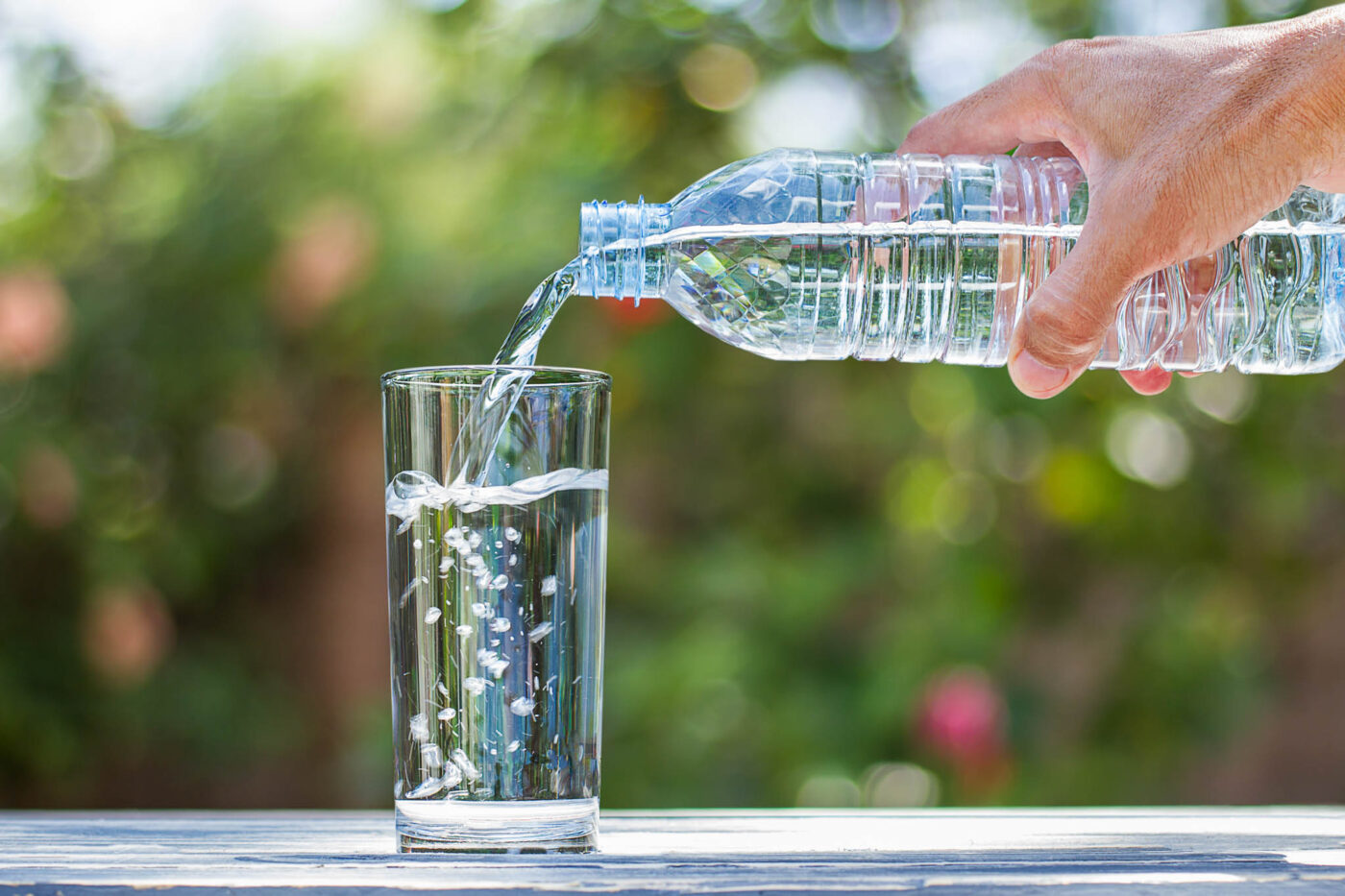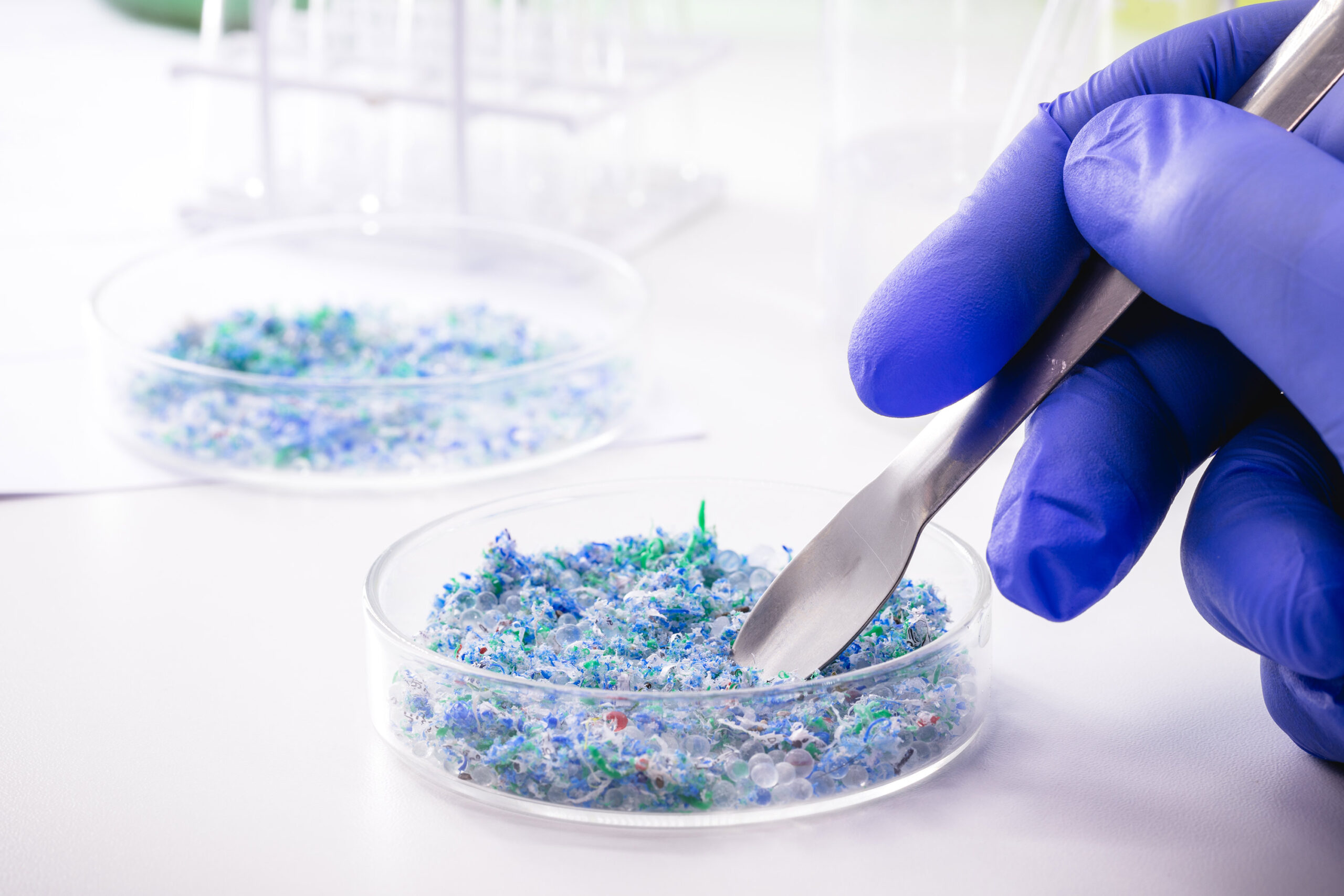Microplastics Testing
Microplastics (MP) are solid, synthetic polymeric particles smaller than 5 millimeters that may contain chemical additives. They originate from primary sources like microbeads added to personal care products, or in most cases, are formed from the breakdown of larger plastic items, clothing fibers, or tire wear (secondary sources). Microplastics are increasingly found in water, soil, food, and in every human organ tested.
As awareness of their health effects and regulation increase, accurate detection and measurement are critical for environmental monitoring, regulatory compliance, and public health protection. These issues have initiated a need for measurement of microplastics as a major emerging contaminant for multiple reasons
- Drinking water testing – states such as California are starting to limit microplastics in drinking water
- Stormwater, wastewater – to support remediation and removal
- Ambient measurement – in the environment, in water, soil, tissue and in humans
- Product testing – especially bottled water and beverages where microplastic concerns are emerging
- Microplastics are known to sorb organic contaminants such as PCBs, PAHs, PFAS and more from the aqueous phase, which can facilitate the delivery of contaminants into vulnerable organs
Measuring Microplastics
The varied shapes, sizes, polymer types, and sample matrix complexity make detection difficult. Also, MPs transform and weather in the environment further complicating measurement. Many methods underestimate particle counts due to limitations in size detection or sample preparation. With microplastics, most of the time, the size, shape, composition and number influence effects rather than the bulk amount. So microplastics need to be counted, characterized and sized almost individually.
There are multiple approaches available for MP testing:
|
Technique |
Type |
Characteristics |
Standard Methods |
|
FTIR microscopy |
Optical |
Size, type and shape by FTIR microscopy, typically for >20um particles |
CA SWB MP1 (aqueous), ASTM WK87463 (aqueous) |
|
Raman microscopy |
Optical |
Size, type and shape by Raman microscopy, typically for > 10 um particles |
CA SWB-MP2 (aqueous) |
|
GC-MS Pyrolysis |
Bulk |
Type and amount by pyrolysis GC-MS. Cannot count or size |
ASTM D8401-24 |
|
LDIR |
Optical |
Similar to FTIR, but more automated using laser directed infrared imaging, typically for > 20 um particles |
ASTM WK87463 (aqueous) |

SGS Microplastics Analysis
SGS performs microplastics using Fourier Transform Infrared Spectroscopy (FTIR). Our decades of experience in materials testing and optical methods is unique to environmental labs.
- Method: ASTM D8333, CA SWB-MP1 microplastics by FTIR
- Isolation of microplastics by sieving, filtration, and density separation, analysis of debris field for particle size/distribution by automated light microscopy and composition distribution analysis by microscopic FTIR
- Matrices: Drinking water, non-potable water
- Particle size cutoff: 20-50 um project dependent
- Reporting limits 0.1 mg microplastics/L of water
We can also support testing in other matrices, contact us to learn more about our testing, including tire wear particle (TWRP) analysis, and measurement of contaminants sorbed to microplastics
Contact SGSWhy SGS for Microplastics?
- Experience: Our experience in emerging contaminant testing and attention to detail on reducing blank contamination, and our materials testing experience which is unique to environmental laboratories
- Expertise: Our staff of 20+ PhD/MS scientists
- Reach: Our global microplastics team with experienced microplastics labs in Asia and Europe


